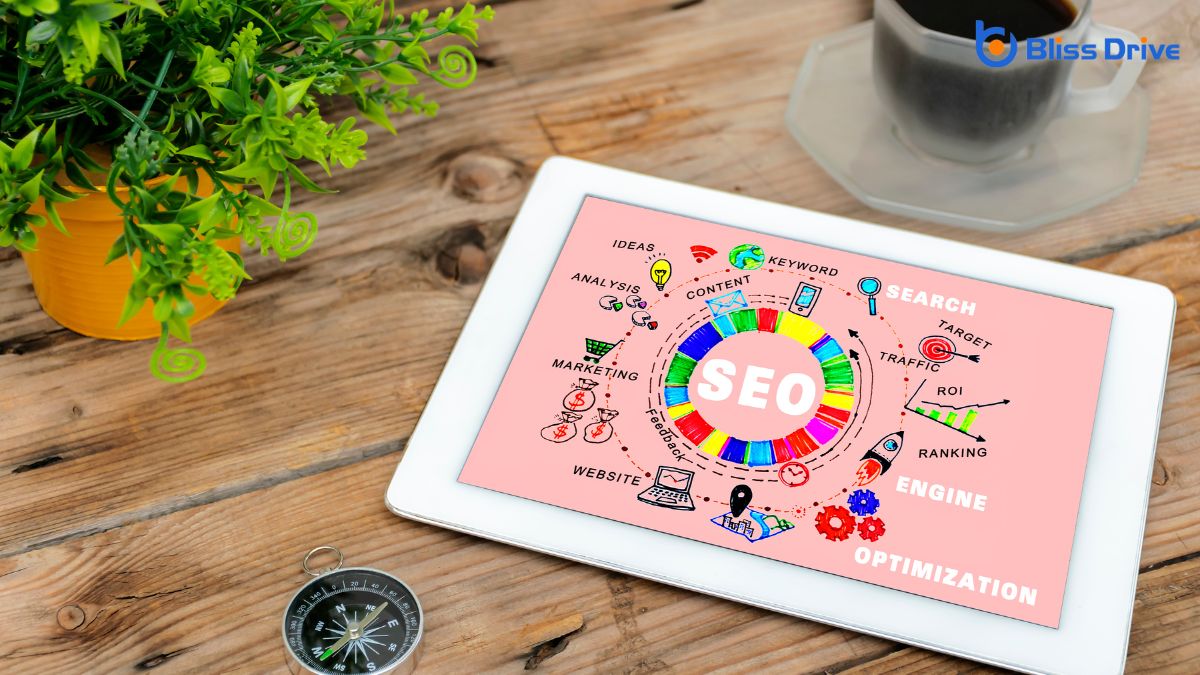Digital Marketing Services
Learn More About Us

Optimizing your website's accessibility boosts search rankingsThe position at which a website appears in the SERP. by enhancing the user experience and aligning with SEO best practices. Accessible sites improve structure, clarity, and navigation, helping search engines index your content effectively. Features like alt textDescriptions added to images to help search engines understand the content of images., transcripts, and responsive designA web design approach that makes web pages render well on a variety of devices and window or screen ... not only make your site inclusive but also lower bounce rates and heighten engagementThe interactions that users have with a brand’s content on social media.. If you continue, you'll discover even more benefits that accessible design can bring to your rankings.

Why is web accessibility so essential in today’s digital world? You need to guarantee that everyone, regardless of ability, can access and navigate your website.
Web accessibility means designing your site to accommodate people with disabilities, such as those who use screen readers or have color blindness. By prioritizing accessibility, you’re not just following legal guidelines, but also expanding your audience.
Think about users who rely on keyboard navigation or voice commands. If your site isn’t accessible, they’ll struggle to engage with your content. This can leadA potential customer referred by an affiliate who has shown interest in the product or service but h... to frustration and lost visitors.
Building an accessible website doesn't just benefit users with disabilities; it also positively impacts your site's search engine optimization (SEO).
When you focus on accessibility, you naturally enhance your site's structure and content, making it easier for search engines to crawl and index your pages. By using clear headings, alt text for images, and descriptive link texts, you make your content more understandable for both users and search engines.
Accessibility features like transcripts for videos or ARIA roles also help search engines understand your content's context better. Plus, accessible sites often load faster and provide a cleaner user experience, both of which are key SEO factors.
When you prioritize accessibility, you greatly enhance the user experience by creating a more intuitive and navigable site. This approach guarantees that everyone, including users with disabilities, can easily interact with your content.
By focusing on accessibility, you make your site more welcoming and usable for a broader audience. Consider the following benefits:
Integrating key accessibility features into your website not only enhances usability but also boosts your search engine optimization (SEO). By guaranteeing your site is accessible to everyone, you improve user experience and increase your site's visibility in search results.
Start with keyboard navigation, which helps users who can't use a mouse. Make sure your site is fully navigable through keyboard shortcuts, improving both accessibility and SEO.
Use clear, descriptive headings to structure your content logically. This assists screen readers and helps search engines understand your content better.
Confirm your site has a responsive design, adapting seamlessly to different devices and screen sizes.
Also, consider implementing ARIA landmarks to provide additional context for screen readers, further improving accessibility and SEO.
Although often overlooked, alt text and image descriptions play an essential role in both accessibility and SEO. By providing alternative text, you make your content accessible to visually impaired users and improve your site's searchability.
Here's how you can optimize alt text and image descriptions effectively:
How can you guarantee your website is as accessible as possible? Start by structuring your content effectively for screen readers.
Use clear and consistent headings to organize information logically. This not only aids navigation for users relying on screen readers but also improves your website's overall readability.
Avoid large chunks of text; instead, break content into smaller paragraphs and use bullet points where appropriate.
Descriptive link text is vital—avoid vague terms like "click here." Instead, provide context with specific descriptions.
Make sure that forms are labeled properly, allowing users to understand what information is required.
When you include transcripts for video and audio content on your website, you greatly boost accessibility for all users. Transcripts make content available to those with hearing impairments, non-native speakers, and anyone who prefers reading over listening.
They also enhance your site's SEO, as search engines can index text more effectively than video or audio alone.
Consider these benefits:
Embrace transcripts to make your content accessible and boost search rankings.
In today's digital landscape, ensuring your website is accessible on mobile devices is essential for both user experience and search rankings. Search engines prioritize mobile-friendly sites, rewarding those that cater to users on smartphones and tablets.
By optimizing your website for mobile accessibility, you make it easier for visitors to navigate, leading to increased engagement and lower bounce rates.
You should implement responsive design, ensuring your site adapts seamlessly to different screen sizes and orientations.
Also, consider fast loading times, easy-to-read text, and intuitive navigation. These elements not only enhance user experience but also signal to search engines that your site is optimized for mobile.
Consequently, your search rankings improve, driving more traffic and potential customers to your site.
While optimizing for mobile accessibility enhances search rankings, it's only the beginning of reaching a broader audience. You need to guarantee that your website or content is accessible to everyone, including those with disabilities. This not only meets legal requirements but also expands your reach and improves user experience.
By focusing on accessibility, you make your content available to a wider audience, including:
Each group represents potential new users. When your site is inclusive, you show commitment to all users, encouraging them to stay longer, engage more, and return often. Accessibility isn’t just ethical; it’s strategic.

To enhance your website's accessibility, start using essential tools like screen readers and color contrast checkers.
These tools not only help you identify barriers but also guide you in making informed improvements.
Pair them with online learning resources to keep your skills sharp and guarantee your site is inclusive and SEO-friendly.
When optimizing your website for accessibility, using the right tools can make all the difference.
These tools not only help you identify issues but also suggest practical solutions, guaranteeing your content is accessible to everyone.
By integrating them into your workflow, you'll enhance user experience and boost search rankings.
Here are some essential tools you should consider:
These tools will empower you to create an inclusive and top-ranked website.
Having the right tools is just one piece of the puzzle for optimizing accessibility on your website. To truly enhance your site’s accessibility, you need to explore online learning resources.
These platforms offerThe specific product or service being promoted by affiliates. courses and webinarsLive or recorded online presentations or seminars used to educate and engage an audience. that explain complex accessibility standards in simple terms. Websites like the World Wide Web Consortium (W3C) provide extensive guidelines, while platforms like Coursera and Udemy offer courses on web accessibility principles.
Don’t overlook free resources like the WebAIM website, which shares practical tips and best practices. Engaging with online communities, such as accessibility forums or LinkedInA professional networking site used for career and business networking. groups, can also provide valuable insights.
By optimizing your site for accessibility, you’re not just helping users with disabilities; you’re enhancing the overall user experience and boosting your search rankings. Integrating key features like alt text, transcripts, and mobile accessibility makes your content more discoverable. As you leverage these strategies, you’ll reach a broader audience and improve engagement. Use available tools and resources to guarantee your site is accessible to everyone, ultimately benefiting your SEO efforts and expanding your online presence.
